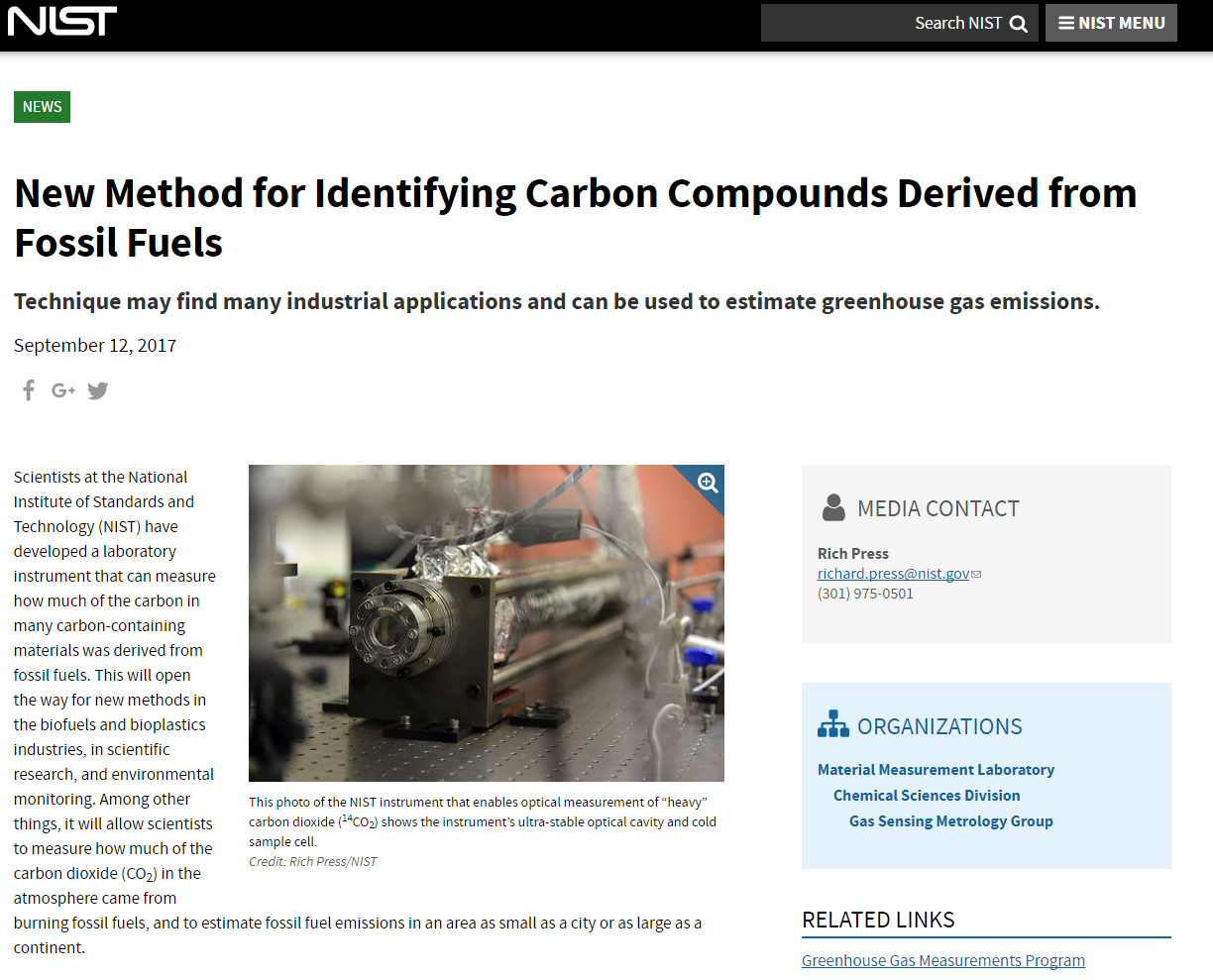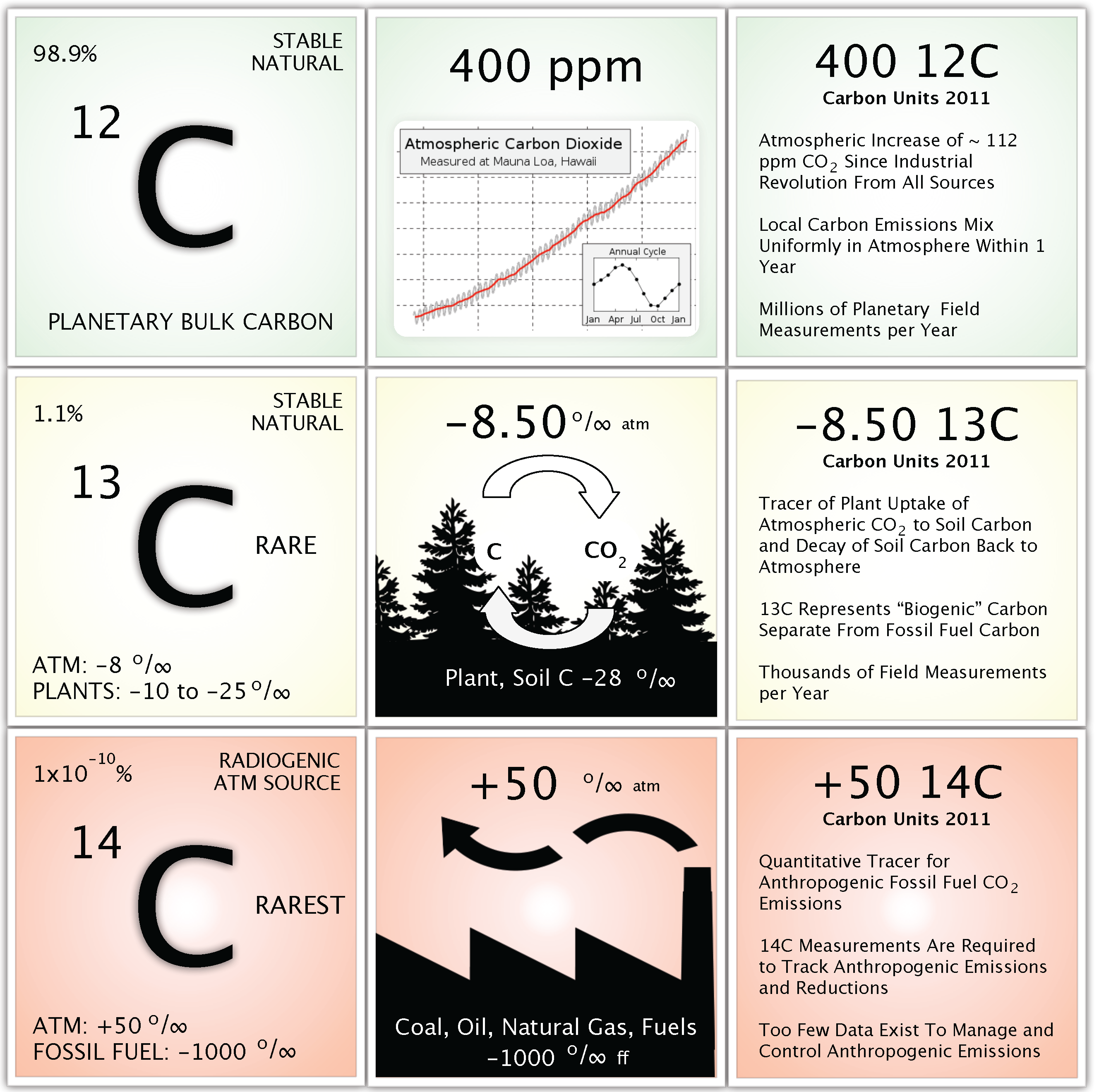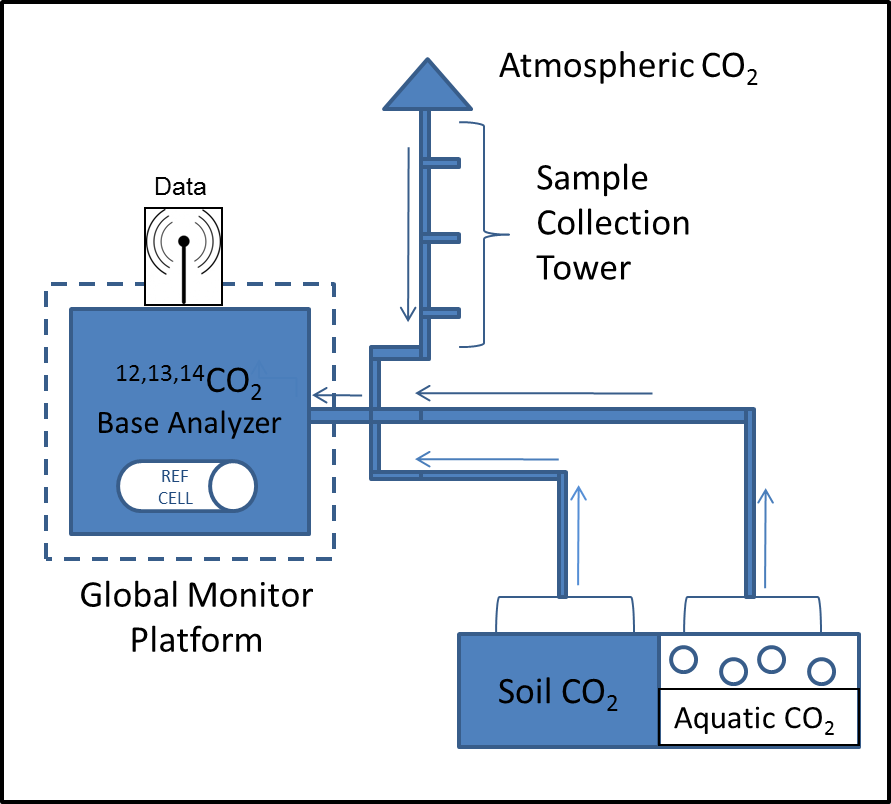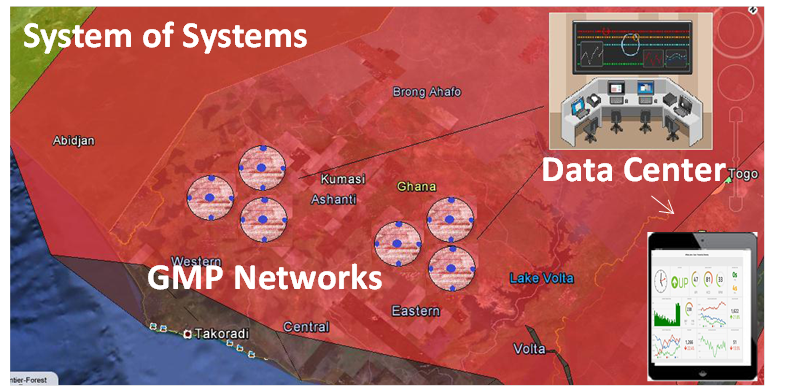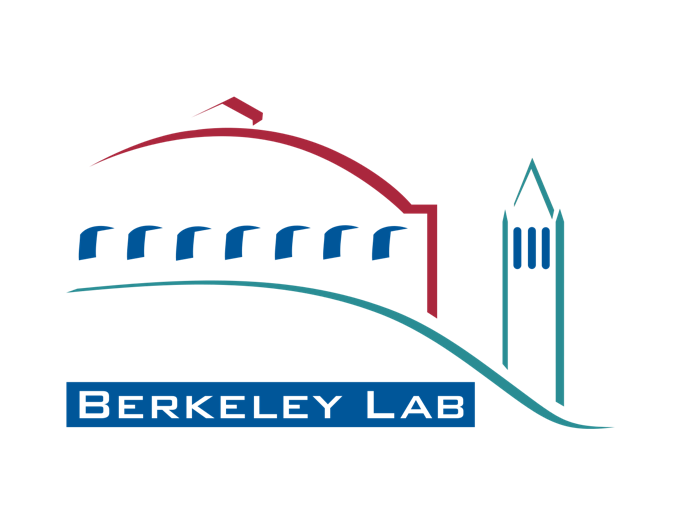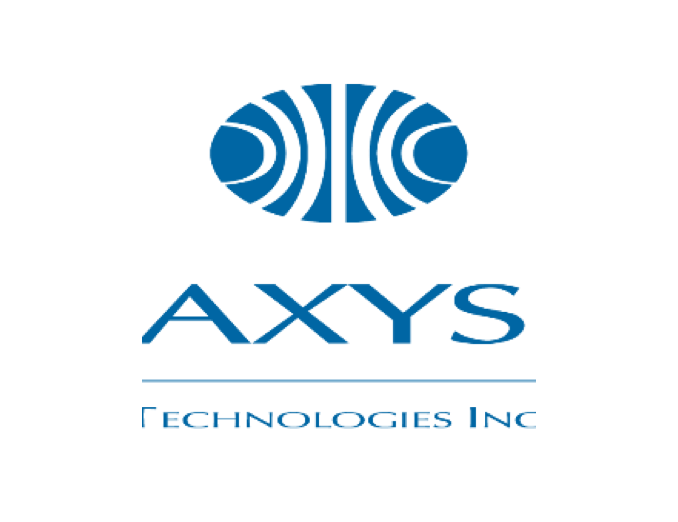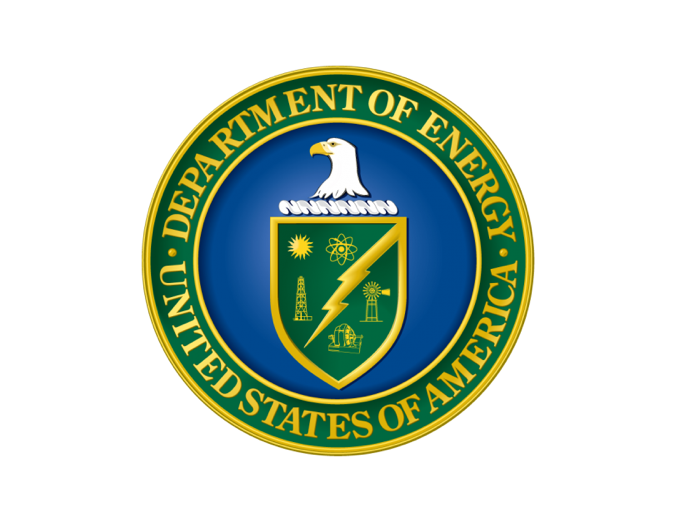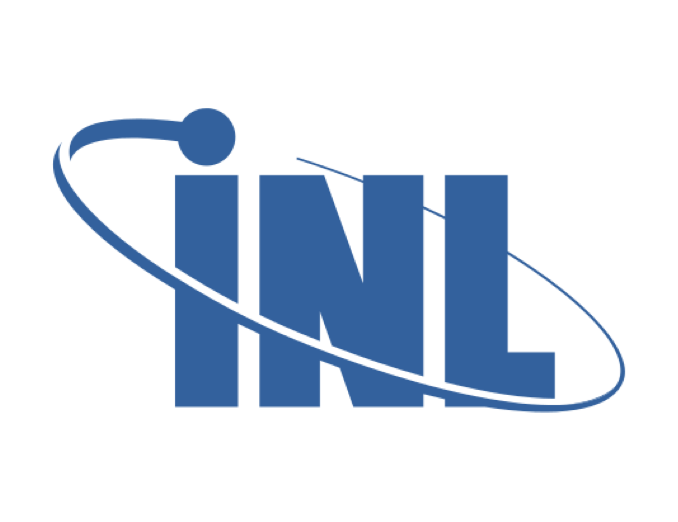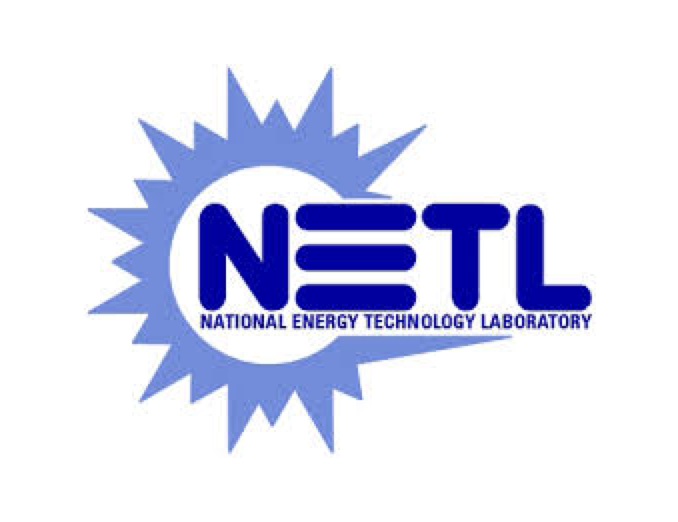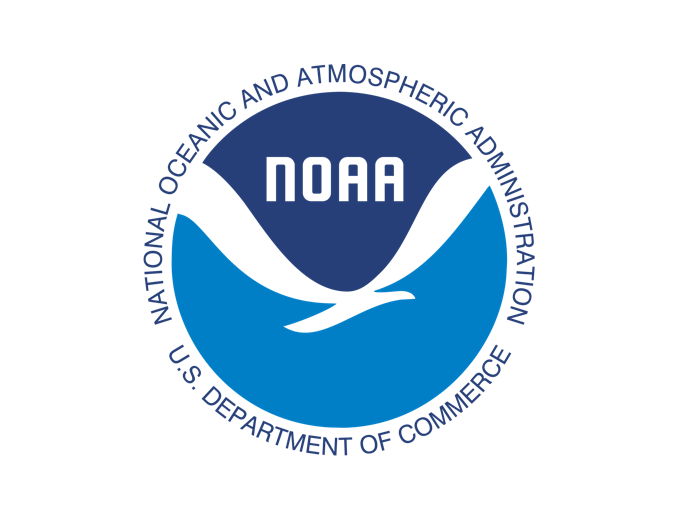Category: Technology
14CO2 Portable Analyzer

IRIS Radiocarbon Analyzer Status 2023: Under Development
NIST US PATENT ISSUES: US 10,067,050 B2
September 4, 2018
Linear Absorption Spectrometer to Optically Determine an Absolute Mole Fraction of Radiocarbon In a Sample
National Institute of Standards and Technology
Radiocarbon Infrared Spectrometer (iRIS)TM
14CO2 Portable Analyzer
PEM Inc. Signs Exclusive License Agreement with NIST for Portable 14CO2 Measurement Technology
CAMBRIDGE, Mass. – Sept. 13, 2017 – PRLog — Planetary Emissions Management Inc. (PEM), has signed an exclusive license agreement to commercialize a new technology for measuring 14CO2 in the atmosphere and over forests across the planet. The National Institute of Standards and Technology (NIST), Gaithersburg, Maryland, developed the portable, low-cost analyzer.
Thousands of radiocarbon or 14C measurements are made each year by accelerator mass spectrometry (AMS). AMS measurements are made in regional facilities, are expensive for fast turnaround (days to weeks), and typically priced for monthly service at ~$500 per sample. The AMS analysis consumes the sample and is not suited for real time and high volume sample studies. The new NIST device licensed by PEM is projected to have a turnaround time of less than an hour for about half the sample cost of AMS.
The NIST license agreement grants PEM Inc. exclusive, worldwide rights to the Infrared Radiocarbon Spectrometer (IRS) patents for all fields of use including execution of sub-licenses. The financial terms of the agreement have not been disclosed.
The NIST IRS, now in the pre-commercial prototype stage, promises to succeed where other portable analyzers have not. The key features of the NIST analyzer are structural simplicity, low cost, operation in the linear regime of single mode cavity ring-down spectroscopy, and a calibration free methodology. Initial results for the IRS are available online with improvements to the first-generation instrument underway. NIST and PEM will collaborate on improvements to the device, with NIST focusing on the measurement science and PEM working toward commercial production.
The applications for the benchtop IRS are numerous and diverse, ranging from the oil and gas industry to medical diagnosis for the common ulcer. However, the importance of the IRS for carbon pricing, finance and trading cannot be overestimated according to PEM CEO, Bruno D.V. Marino.
An affiliate company, Planet Alpha Corp. (PɑC), with license rights to PEM patented technology for unique GHG products, intends to deploy networks of analyzers including the IRS across large natural (e.g., forests) and inhabited landscapes (e.g., cities) to directly quantify 14CO2 gas exchange resulting in unique carbon offset products. 14CO2 is the only direct conserved tracer for fossil fuel CO2. PEM will employ traditional universal gas reference standards to ensure comparability across 14CO2 field analyzers. PEM also intends to establish 14C Global Reference Facilities for emerging SI-traceable methods to determine absolute concentrations of 14CO2 in lieu of gas references tied to the radiocarbon half-life.
With further development, the IRS is expected to meet PEM’s requirement for high precision (~ 1% or less) and high frequency (~one-half hour) field measurement for PɑC field 14CO2 applications to track, trade and manage fossil fuel emissions in a way that has not been possible with low data-rate conventional AMS analyses. PɑC radiocarbon measurements made across diverse projects will support the Paris Agreement now ratified by 160 countries through verification of fossil fuel emission reduction claims and benefit scientific efforts to understand the mechanisms of climate change. The IRS will also support performance verification services for carbon capture utilization and storage (CCUS) facilities that capture and geologically sequester CO2 from combustion of coal and natural gas for energy production.
Publication
A. Fleisher, D. Long, Q. Liu, L. Gameson and J. Hodges. Optical Measurement of Radiocarbon below Unity Fraction Modern by Linear Absorption Spectroscopy. The Journal of Physical Chemistry Letters. Published online 7 September 2017. DOI: 10.1021/acs.jpclett.7b02105(link is external)
NIST Press Release
Recent News
Design and package of a 14CO2 field analyzer: the Global Monitor Platform (GMP)
Carbon Capture and Sequestration (CCS) is widely accepted as a means to reduce and eliminate the fossil fuel CO2 (ff- CO2) emissions from coal fired power plants. Success of CCS depends on near zero leakage rates over decadal time scales. Currently no commercial methods to determine leakage of ff-CO2 are available. The Global Monitor Platform (GMP) field analyzer provides high precision analysis of CO2 isotopes [12C (99%), 13C (<1%), 14C (1.2×10-10 %)] that can differentiate between fossil and biogenic CO2 emissions. Fossil fuels contain no 14C; their combustion should lower atmospheric amounts on local to global scales. There is a clear mandate for monitoring, verification and accounting (MVA) of CCS systems nationally and globally to verify CCS integrity, treaty verification (Kyoto Protocol) and to characterize the nuclear fuel cycle. Planetary Emissions Management (PEM), working with the National Secure Manufacturing Center (NSMC), has the goal of designing, ruggedizing and packaging the GMP for field deployment. The system will conduct atmosphere monitoring then adapt to water and soil evaluations. Measuring 14CO2 in real time will provide quantitative concentration data for ff-CO2 in the atmosphere and CCS leakage detection. Initial results will be discussed along with design changes for improved detection sensitivity and manufacturability.
PEM TECHNOLOGY
14CO2 PORTABLE ANALYZER
Planetary Emissions Management Inc. is pursuing new and emerging technologies, such as the iRIS-III, for high precision determination of 14CO2 in a portable analyzer. High frequency and high precision data for 14CO2 are required to track, analyze, manage and monetize fossil fuel derived CO2 in the biosphere. Humanities perturbation to the climate system cannot be fully understood, managed or monetized without increased data for 14CO2. New 14CO2 data for diverse soil ecosystems are likely to yield a better understanding of their response to changing climate.
GLOBAL MONITOR PLATFORM
The Global Monitor Platform (GMP) is a multi-isotopic integrated field measurement platform. The GMP components may include commercial 12C and 13C analyzers for CO2 and experimental field analyzer modules for 14CO2 such as the iRIS-III now under development. The GMP can be configured to include CH4, N2O and their isotopic species available from commercial vendors. The GMP enables direct measurement of GHG’s across diverse project types, small and large. When coupled with well developed field methods to determine GHG fluxes, PEM provides commercially available comprehensive data for GHG budgets and verification of fossil-fuel emission reduction reporting. The GMP can be deployed to detect fraud in fossil-fuel emission reduction claims.
SYSTEM OF SYSTEMS NETWORK
The System of Systems (SoS) network consists of GMP sensor nodes (e.g., 12,13,14CO2 including the iRIS-III) across the geographical boundaries of a project site. The SoS is designed to monitor net carbon flux at local-to-regional scales, produce automated reports, respond to remote commands and result in verified data for carbon financial instruments. Carbon standards and third party verification are employed at multiple scales to ensure harmonization of data and carbon financial instruments across analyzers in one or multiple networks.
OUR COLLABORATORS HAVE INCLUDED:
iRIS-III Spec Sheet

iRIS-III SPECIFICATIONS
Updated Specifications are Pending
RELATED PEM DOCUMENTATION
![]()
Got gas? Scientist finds both problem and solution in Horseshoe Lake greenhouse gas
While the ghostly white trees hovering around stark Horseshoe Lake may unnerve some people, a Massachusetts scientist found the greenhouse gas that strangled them could actually lead to a solution to climate change problems.
Working under a four-year, $2.3 million grant from the Department of Energy, Dr. Bruno Marino came to Mammoth last week, hoping to refine a high-tech laser he believes will some day soon be absolutely critical in the fight against climate change.
That’s because the same gas that is creating a warmer planet, carbon dioxide, has a very unusual quality when it comes from magmatic sources (like at Horseshoe) which gives scientists the perfect laboratory in trying to find solutions to climate change.
Eddy covariance imaging of diffuse volcanic CO2 emissions at Mammoth Mountain, CA, USA
Use of eddy covariance (EC) techniques to map the spatial distribution of diffuse volcanic CO2 fluxes and quantify CO2 emission rate was tested at the Horseshoe Lake tree-kill area on Mammoth Mountain, California, USA. EC measurements of CO2 flux were made during September–October 2010 and ranged from 85 to 1,766 g m−2 day−1. Comparative maps of soil CO2 flux were simulated and CO2 emission rates estimated from three accumulation chamber (AC) CO2 flux surveys. Least-squares inversion of measured eddy covariance CO2 fluxes and corresponding modeled source weight functions recovered 58–77% of the CO2 emission rates estimated based on simulated AC soil CO2 fluxes. Spatial distributions of modeled surface CO2 fluxes based on EC and AC observations showed moderate to good correspondence (R2 = 0.36 to 0.70). Results provide a framework for automated monitoring of volcanic CO2 emissions over relatively large areas.
Geologic CO2 input into groundwater and the atmosphere, Soda Springs, ID, USA
A set of CO2 flux, geochemical, and hydrologic measurement techniques was used to characterize the source of and quantify gaseous and dissolved CO2 discharges from the area of Soda Springs, southeastern Idaho. An eddy covariance system was deployed for ~ one month near a bubbling spring and measured net CO2 fluxes from − 74 to 1147 g m− 2 d− 1. An inversion of measured eddy covariance CO2 fluxes and corresponding modeled source weight functions mapped the surface CO2 flux distribution within and quantified CO2 emission rate (24.9 t d− 1) from a 0.05 km2 area surrounding the spring. Soil CO2 fluxes (< 1 to 52,178 g m− 2 d− 1) were measured within a 0.05 km2 area of diffuse degassing using the accumulation chamber method. The estimated CO2 emission rate from this area was 49 t d− 1. A carbon mass balance approach was used to estimate dissolved CO2 discharges from contributing sources at nine springs and the Soda Springs geyser. Total dissolved inorganic carbon (as CO2) discharge for all sampled groundwater features was 57.1 t d− 1. Of this quantity, approximately 3% was derived from biogenic carbon dissolved in infiltrating groundwater, 35% was derived from carbonate mineral dissolution within the aquifer(s), and 62% was derived from deep source(s). Isotopic compositions of helium (1.74–2.37 Ra) and deeply derived carbon (δ13C ≈ 3‰) suggested contribution of volatiles from mantle and carbonate sources. Assuming that the deeply derived CO2 discharge estimated for sampled groundwater features (~ 35 t d− 1) is representative of springs throughout the study area, the total rate of deeply derived CO2 input into the groundwater system within this area could be ~ 350 t d− 1, similar to CO2 emission rates from a number of quiescent volcanoes.
PEM TECHNOLOGY
14CO2 PORTABLE ANALYZER
Planetary Emissions Management Inc. is pursuing new and emerging technologies, such as the iRIS-III, for high precision determination of 14CO2 in a portable analyzer. High frequency and high precision data for 14CO2 are required to track, analyze, manage and monetize fossil fuel derived CO2 in the biosphere. Humanities perturbation to the climate system cannot be fully understood, managed or monetized without increased data for 14CO2. New 14CO2 data for diverse soil ecosystems are likely to yield a better understanding of their response to changing climate.
GLOBAL MONITOR PLATFORM
The Global Monitor Platform (GMP) is a multi-isotopic integrated field measurement platform. The GMP components may include commercial 12C and 13C analyzers for CO2 and experimental field analyzer modules for 14CO2 such as the iRIS-III now under development. GMP can be configured to include CH4, N2O and their isotopic species available from commercial vendors. The GMP enables direct measurement of GHG’s across diverse project types, small and large. When coupled with well developed field methods to determine GHG fluxes, PEM provides commercially available comprehensive data for GHG budgets and verification of fossil-fuel emission reduction reporting. The GMP can be deployed to detect fraud in fossil-fuel emission reduction claims.
SYSTEM OF SYSTEMS NETWORK
The System of Systems (SoS) network consists of GMP sensor nodes (e.g., 12,13,14CO2 analyzers including the iRIS-III) across the geographical boundaries of a project site. The SoS is designed to monitor net carbon flux at local-to-regional scales, produce automated reports, respond to remote commands and result in verified data for carbon financial instruments. Carbon standards and third party verification are employed at multiple scales to ensure harmonization of data and carbon financial instruments across analyzers in one or multiple networks.
OUR COLLABORATORS HAVE INCLUDED:
RELATED DOCUMENTS
Global Monitor Platform

Global Monitor Platform™
The Global Monitor Platform™ (GMP) is a multi-isotopic integrated field measurement platform. The GMP components may include commercial 12C and 13C analyzers for CO2 and experimental field analyzer modules for 14CO2 such as the iRIS-III now under development. The GMP can be configured to include CH4, N2O and their isotopic species available from commercial vendors and other analyzers. The GMP enables direct measurement of GHG’s across diverse project locations, small and large. When coupled with well developed field methods to determine GHG fluxes, PEM provides commercially available comprehensive data for GHG budgets and verification of fossil-fuel emission reduction reporting. The GMP can be deployed to detect fraud in fossil-fuel emission reduction claims.
Design and package of a 14CO2 field analyzer: the Global Monitor Platform (GMP)
Carbon Capture and Sequestration (CCS) is widely accepted as a means to reduce and eliminate the fossil fuel CO2 (ff-CO2) emissions from coal fired power plants. Success of CCS depends on near zero leakage rates over decadal time scales. Currently no commercial methods to determine leakage of ff-CO2 are available. The Global Monitor Platform (GMP) field analyzer provides high precision analysis of CO2 isotopes [12C (99%), 13C (<1%), 14C (1.2×10-10 %)] that can differentiate between fossil and biogenic CO2 emissions. Fossil fuels contain no 14C; their combustion should lower atmospheric amounts on local to global scales. There is a clear mandate for monitoring, verification and accounting (MVA) of CCS systems nationally and globally to verify CCS integrity, treaty verification (Kyoto Protocol) and to characterize the nuclear fuel cycle. Planetary Emissions Management (PEM), working with the National Secure Manufacturing Center (NSMC), has the goal of designing, ruggedizing and packaging the GMP for field deployment. The system will conduct atmosphere monitoring then adapt to water and soil evaluations. Measuring 14CO2 in real time will provide quantitative concentration data for ff-CO2 in the atmosphere and CCS leakage detection. Initial results will be discussed along with design changes for improved detection sensitivity and manufacturability.
DOE Selects Projects to Monitor and Evaluate Geologic CO2 Storage
Planetary Emissions Management Inc. (PEM), Cambridge, Mass.–PEM is commercializing a carbon-14 field-ready analyzer with a sensitivity of approximately 1 part per million of fossil fuel-produced CO2 in ambient air. The analyzer will be deployed at sites where CO2 leaks from natural geologic reservoirs and at a pilot CO2 injection site for testing and validation.
Near Surface Leakage Monitoring for the Verification and Accounting of Geologic Carbon Sequestration Using a Field Ready 14C Isotopic Analyzer
Results for the development of a field ready multi-isotopic analyzer for 12CO2, 13CO2 and 14CO2 and applications for carbon capture and storage (CCS) containment performance are described. A design goal of the field platform was to provide isotopic data with a high data rate, a standardized reference baseline and acceptable precision (e.g., ~ ±50 per mil D 14CO2) for detection and quantification of fossil-fuel CO2 CCS leakage scenarios. The instrument platform was not designed to replace high precision accelerator mass spectrometry. An additional goal was to combine project scale isotopic data and associated fluxes with unique financial instruments linking CCS containment performance to a publicly traded security providing project revenue to stakeholders. While the primary goals of the project were attained additional work is needed for the instrument platform and deployment within a full scale CCS site that was not available during the project timeframe.
PEM TECHNOLOGY
14CO2 PORTABLE ANALYZER
Planetary Emissions Management Inc. is pursuing new and emerging technologies, such as the iRIS-III for high precision determination of 14CO2 in a portable analyzer. High frequency and high precision data for 14CO2 are required to track, analyze, manage and monetize fossil fuel derived CO2 in the biosphere. Humanities perturbation to the climate system cannot be fully understood, managed or monetized without increased data for 14CO2. New 14CO2 data for diverse soil ecosystems are likely to yield a better understanding of their response to changing climate.
GLOBAL MONITOR PLATFORM
The Global Monitor Platform (GMP) is a multi-isotopic integrated field measurement platform. The GMP components may include commercial 12C and 13C analyzers for CO2 and experimental field analyzer modules for 14CO2 such as the iRIS-III now under development. The GMP can be configured to include CH4, N2O and their isotopic species available from commercial vendors. The GMP enables direct measurement of GHG’s across diverse project types, small and large. When coupled with well developed field methods to determine GHG fluxes, PEM provides commercially available comprehensive data for GHG budgets and verification of fossil-fuel emission reduction reporting. The GMP can be deployed to detect fraud in fossil-fuel emission reduction claims.
SYSTEM OF SYSTEMS NETWORK
The System of Systems (SoS) network consists of GMP sensor nodes (e.g., 12,13,14CO2 analyzers including the iRIS-III) across the geographical boundaries of a project site. The SoS is designed to monitor net carbon flux at local-to-regional scales, produce automated reports, respond to remote commands and result in verified data for carbon financial instruments. Carbon standards and third party verification are employed at multiple scales to ensure harmonization of data and carbon financial instruments across analyzers in one or multiple networks.
